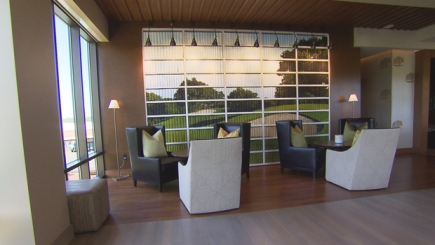after an absence of a few months, it is time for me to start blogging again and in the process, reflecting on what I am mulling over. This week, as we finish our last big hurrah for the year – Book fair – my mind turns to collection management. Di, my library technician, ran off data showing which collection gets borrowed most and I was surprised to see it is the non-fiction this year. And with the Australian curriculum coming in in full force, integrated units are being tweaked and our library collection needs to reflect that. Plus I was contacted by Michelle, from another P-12 independent school about their idea to get rid of Dewey all together in their primary school library. So you can see, all paths are converging in the non-fiction at this time. Michelle is visiting next week so we can share our approach here to the way non-fiction is organised for a primary school audience, for people ages 4-12. My over-riding consideration is how will the students find what they are looking for most easily? and I reckon it is by putting the sorts of things we know they enjoy borrowing together under 1 DDC number. So yes, we do use Dewey, but our simplified version of it. Don’t think this is rocket science or anything new, but it seems to be working here, and maybe the increased borrowing from the non-fiction is partly a reflection of that. will have to see the stats to infer …..Also, I think as we are a P-12 school and share our catalogue not only with 2 secondary campuses, but with another primary campus, doing away with Dewey would not be a feasible option – too much mucking up of a shared system, (and some people are rather precious about ‘their’ catalogue!!!) So, for example, animals is an area heavily borrowed by children. So we have grouped them sort of by the groups we already had – endangered animals is now all 591.68, Australian animals – 591.994, Minibeasts(insects) – 595.7, ocean animals – 597, mammals – 599 and reptiles and amphibians – 597.9. So all the books about reptiles and amphibians are on the same shelf with a label underneath, making it easier for kids to find. Plus if they are obsessed with sharks, they know which shelf to go to to find books about sharks – with the ocean animals.
To finish off with, the above thinking and pondering I find very interesting, but if you are not a library person, I have been starting my year 1 library classes with a youtube about an ocean animal, as they are studying sea creatures in class. A great reminder I get regularly is posts from ‘The Kid Should See This’ blog, which I have mentioned before. Here is an amazing one about the biggest school of manta rays on the planet + one showing the 2nd biggest aquarium in the world.
I’m putting out there that my goal for the rest of this school year (5 more weeks) is to get back into posting once a week…..














